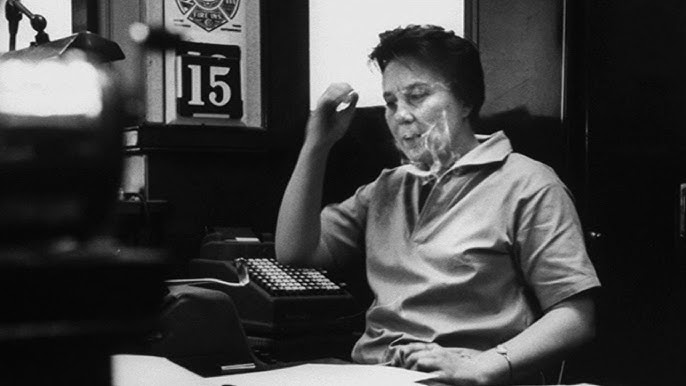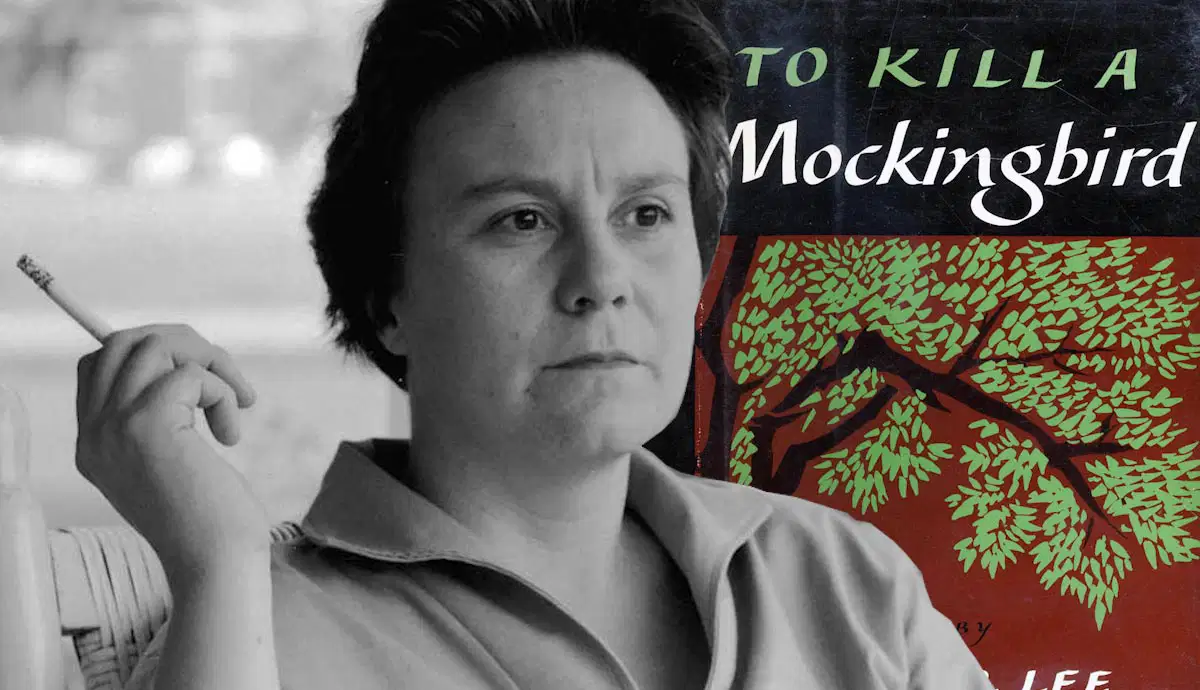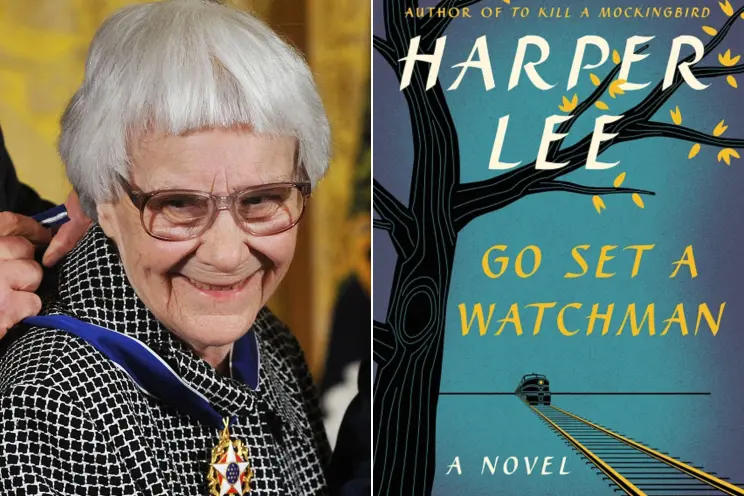Harper Lee: The Power of Faith and Time

Harper Lee: The Power of Faith and Time
In 1949, a young woman from a small town in Alabama boarded a train to New York City. She didn’t have a book deal or fame—only a suitcase, a typewriter, and a dream. Her name was Harper Lee.
By day, she worked tirelessly as an airline reservation clerk. By night, she carved out fleeting moments to write—short stories, essays, and fragments of ideas. For years, she remained unknown, still searching for the time and space to create.
Then, one December morning in 1956, everything changed. Her closest friends, Michael and Joy Brown, handed her a Christmas gift: a single envelope. Inside was a note that read, “You have one year off from your job to write whatever you please. Merry Christmas.” Along with the note was a year’s salary.
It was more than just a generous gesture—it was faith. The kind of faith that gave Harper the freedom to write without the fear of rent or bills looming over her.
What emerged from that year wasn’t just any book—it was To Kill a Mockingbird, a story that would touch hearts around the world. Published in 1960, it won the Pulitzer Prize, sold over 30 million copies, and became one of America’s most beloved novels.
All of this happened because two friends believed in her before anyone else did.
Sometimes, it takes just a little faith—and a little time—to change











